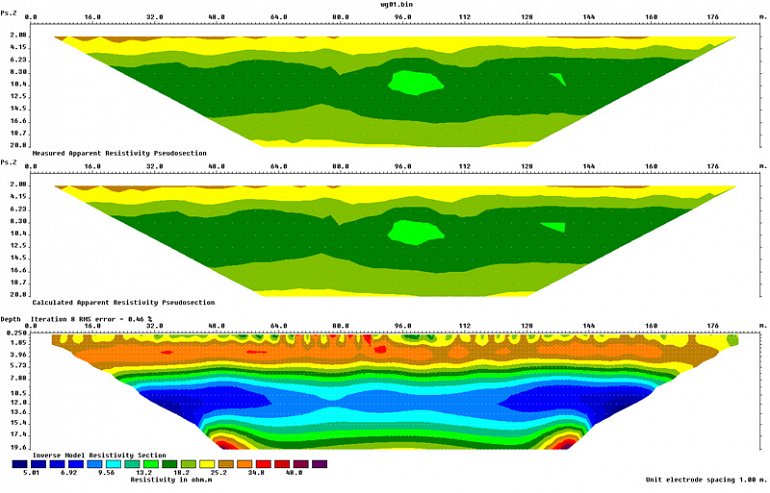
Therefore, most recent research has focused on the specific components of an active herb rather than on the herb in its entirety. However, since these traditional herbal medicines were commonly prepared from crude materials, there are many questions concerning their specific medicinal effects and reproducibility, mechanism of action, and the identity of the active ingredients. Natural phytochemicals may be less toxic than novel synthetic drugs. Additionally, advanced research has led to an increase in the consumption of specific plant ingredients and/or phytochemicals to treat incurable diseases such as neurodegenerative disease. Neurodegenerative diseases are affected by factors such as stimulating nuclear factor (erythroid-derived 2)-like 2 (Nrf2) in the antioxidant system, sirtuin and forkhead box O (FOXO) transcription factors, and chaperones and neurotrophic factors and by inhibiting acetylcholinesterase (AChE) activity. Many previous studies reported that regular intake of phytochemicals benefited health by improving mental and physical performance, increasing neuronal cell survival, and boosting the antioxidant system. However, recently some convincing evidence has been published regarding the use of herbs and phytochemicals to delay the onset of AD, and it has been shown that early, regular usage of phytochemicals and their derivatives can delay the progression of the disease.

Currently, there is no reliable therapy established for AD. In addition to elderly patients, dementia can also occur in overweight children.

As a result of population aging in many countries, the number of people with dementia has been growing rapidly. It is a chronic neurodegenerative disorder characterized by progressive dementia and deterioration of cognitive function. ĪD is recognized as one of the most complicated neurodegenerative diseases, and it is a major social problem. This overabundance of protein aggregation affects cellular signaling and neuronal function and is a key cause of neuronal loss. This results in mitochondrial malfunction with the release of cytochrome C and other mitochondrial proteins, which pave the way towards apoptosis. When neurons and immune cells are exposed to toxic proteins, a large amount of energy is needed to defend against the accumulated oxygen and nitrogen species that induce stress in the surrounding environment. The main physiological symptoms of degenerative diseases include elevated oxidative/nitrosative stress, mitochondrial dysfunction, protein misfolding/aggregation, synapse loss, and decreased neuronal survival. These neurodegenerative diseases share common symptomological features at different stages of disease progression. The frequency of Huntington’s disease (HD) was found to be 4–8 in 100000 people in Europe, and the prevalence rate of amyotrophic lateral sclerosis (ALS) was determined to be around 2–7 in 100000 people in USA. The global prevalence of Parkinson’s disease (PD) is estimated to be 6.3 million patients, with 1.2 million patients in Europe.

Furthermore, this number is estimated to increase to 106.2 million by 2050. According to a consensus that was developed using the Delphi method, the prevalence of Alzheimer’s disease is on the rise, and an estimated 26.6 million patients with AD are reported worldwide. Neurodegenerative diseases are a significant problem. Therefore, further research is necessary to prove the neuroprotective effects in preclinical models and in humans. Although these phytochemicals have attracted attention owing to their in vitro neurotrophin potentiating activity, their in vivo and clinical efficacy trials has yet to be established. We focus on representative phenolic derivatives, iridoid glycosides, terpenoids, alkaloids, and steroidal saponins as regulators of neurotrophin-mediated neuroprotection. Here, we review the phytochemicals that mediate the signaling pathways involved in neuroprotection specifically neurotrophin-mediated activation of Trk receptors and members of superfamily. Neurotrophins depletion accelerates the progression of AD and therefore, replacing such neurotrophins may be a potential treatment for neurodegenerative disease. Neurotrophins such as BDNF, NGF, NT3, and NT4/5 play a vital role in neuronal and nonneuronal responses to AD.
#Cell baced method in res2dinv free#
They also regulate mitochondrial stress, apoptotic factors, free radical scavenging system, and neurotrophic factors. Traditional herbs and phytochemicals may delay its onset and slow its progression and also allow recovery by targeting multiple pathological causes by antioxidative, anti-inflammatory, and antiamyloidogenic properties. However, currently no credible treatment is available for AD. Age, nutrition, and toxins are the most common causes of AD.

Alzheimer’s disease (AD), characterized by progressive dementia and deterioration of cognitive function, is an unsolved social and medical problem.


 0 kommentar(er)
0 kommentar(er)
